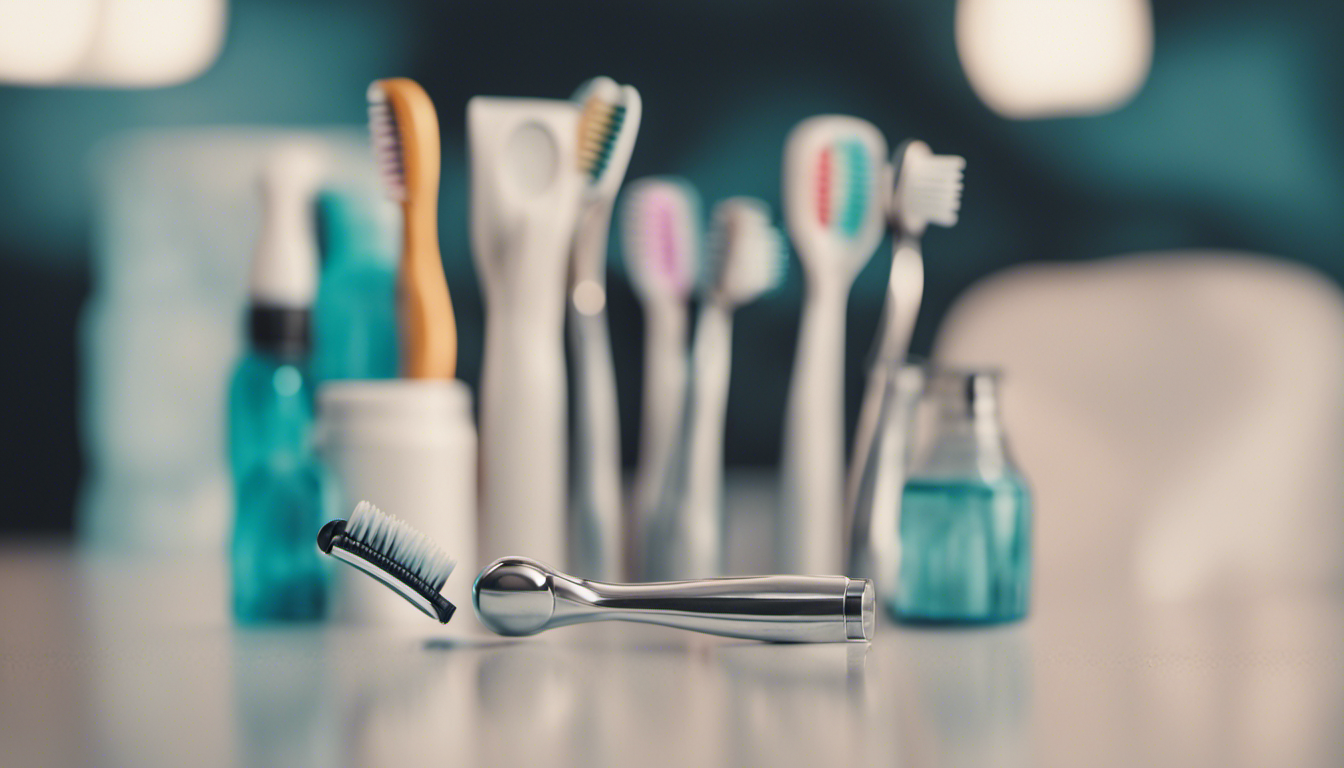A healthy, radiant smile is one of the first things people notice about you. To keep it healthy, it is essential to dedicate time to correct oral hygiene. Not only does good oral hygiene help prevent cavities, gingivitis and bad breath, but it also contributes to your overall health.
To achieve effective cleaning it is important to choose the right tools for your type of teeth and your needs. There are different types of oral cleaning tools, each designed to reach different parts of the mouth and effectively remove bacterial plaque and food debris. Let's see together the best tools for effective cleaning:
1. Manual Toothbrush: An undisputed classic, the manual toothbrush is cheap and easily available. Its brush head has soft or medium bristles that can be used to gently brush your teeth and gums. For optimal cleaning, it is advisable to use a correct brushing technique, making sure to brush all sides of the teeth and reach even the most difficult corners.
2. Electric toothbrush: Increasingly popular, electric toothbrushes offer more effective cleaning than traditional ones. Their heads oscillate or vibrate, allowing for a deep and gentle cleaning action. Some models come with timers and pressure sensors to help you maintain consistent cleaning and prevent damage to your gums. They are particularly recommended for people with hand mobility problems or for those who want more advanced cleaning.
3. Floss: Don't underestimate the importance of cleaning the spaces between your teeth. Dental floss is the ideal tool for removing bacterial plaque and food debris that your toothbrush can't reach. Gently pass the floss between your teeth and make sure to clean the side surfaces as well. You can choose between waxed, non-waxed or pleasantly flavored thread.
4. Pipe cleaner: For even more thorough cleaning, you can use a pipe cleaner. This small tool, equipped with stiff, thin bristles, can be inserted between the spaces of the teeth to remove food debris and plaque. It is especially useful for those who have orthodontic braces or dentures. Make sure you choose the right size brush to avoid injury to your gums.
5. Mouthwash: After brushing and flossing, a mouthwash can help eliminate bacteria and freshen breath. Choose a mouthwash that contains fluoride to strengthen tooth enamel and prevent cavities.
Now that you know the best tools for effective cleaning, you will be able to take care of your smile properly. Remember to dedicate at least two minutes to brushing your teeth twice a day and make regular visits to the dentist to keep your oral hygiene at its best. Investing in correct oral hygiene today means preserving your dental health in the future!
Sources:
1. American Dental Association – ADA
2. Oral-B
3. Colgate
You may also like
Smart Savings for the Savvy Senior: Offers, Discounts, and Services for the Over 55s
As we get older, wisdom grows, and so does the desire to make our money go further. For those over 55, whether retired or approaching retirement, a world of discounts, benefits, and services exists to meet their specific needs. It’s not just about cutting back, but about optimizing resources to live a more comfortable life… Continue reading Smart Savings for the Savvy Senior: Offers, Discounts, and Services for the Over 55s
The Latest Trends and Deals in the World of Boots
As 2025 approaches, the world of boots sees a blend of innovation, style, and sustainability shaping the market. This article delves into the latest trends and models for both men’s and women’s boots, highlighting market shifts across different regions and examining the best price-quality offerings.
The sandal market in 2025: Trends and Market Offers
The sandal market in 2025 is set to redefine comfort and style. With groundbreaking innovations and exciting new models, both men’s and women’s sandals are making waves globally. From sustainable designs to high-tech materials, this article delves into the latest trends, offering insights into the best quality-price options available regionally.
The Smartphone Landscape in 2025
As we step into 2025, the smartphone industry is bustling with innovations and market trends that are reshaping the digital landscape. From groundbreaking models and new technologies to market trends and buyer behaviors, this article delves into the comprehensive realm of smartphones, offering insights into the best quality-to-price products, regional purchasing trends, and much more.
